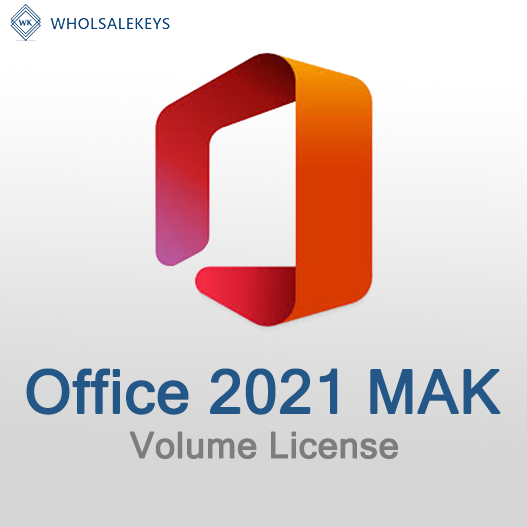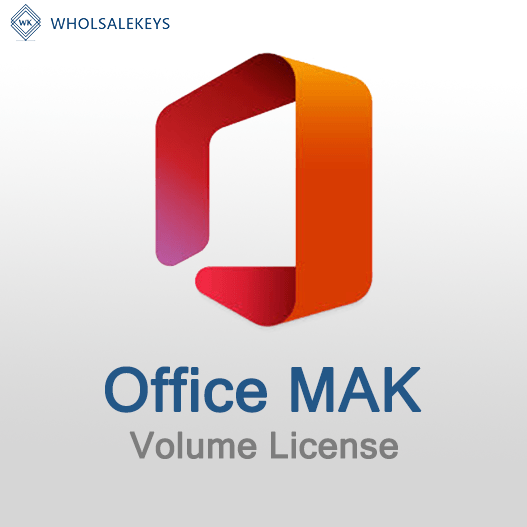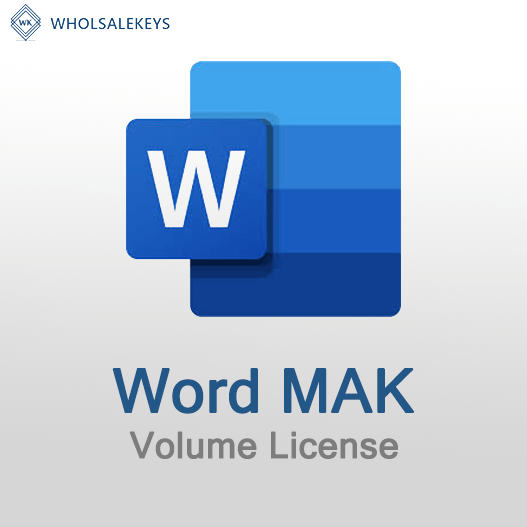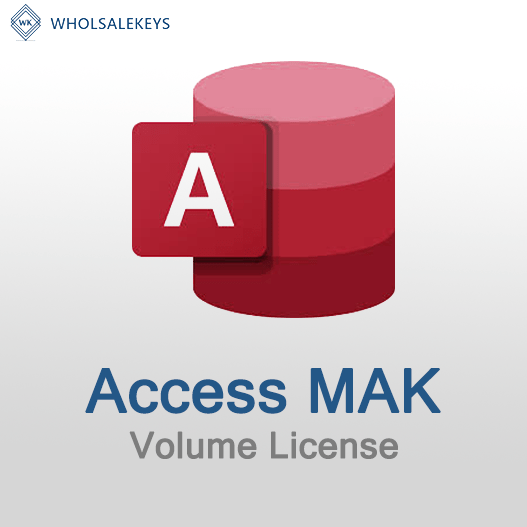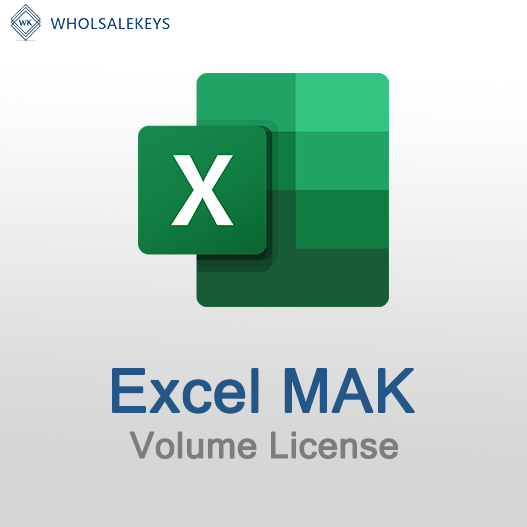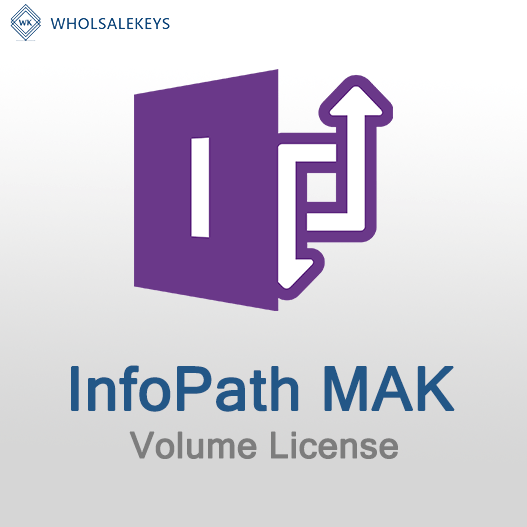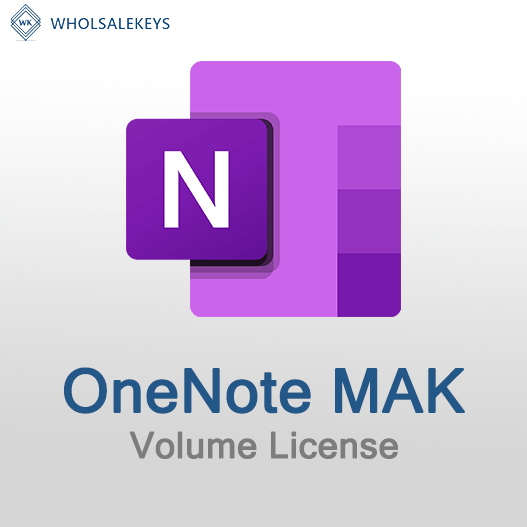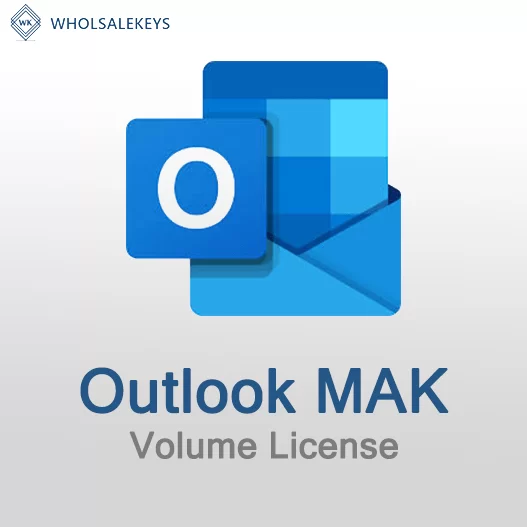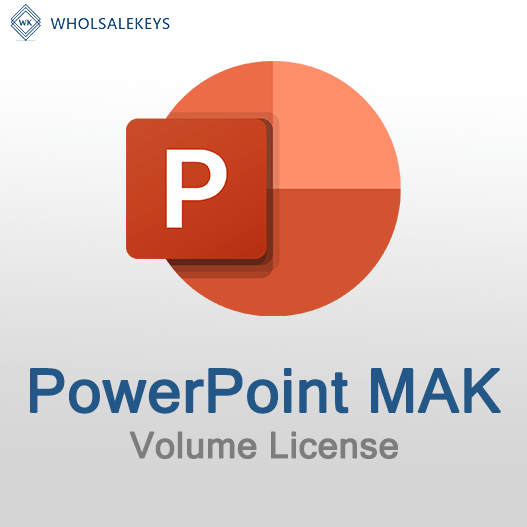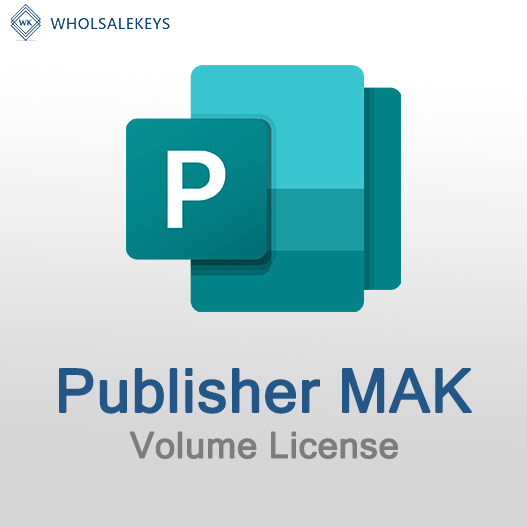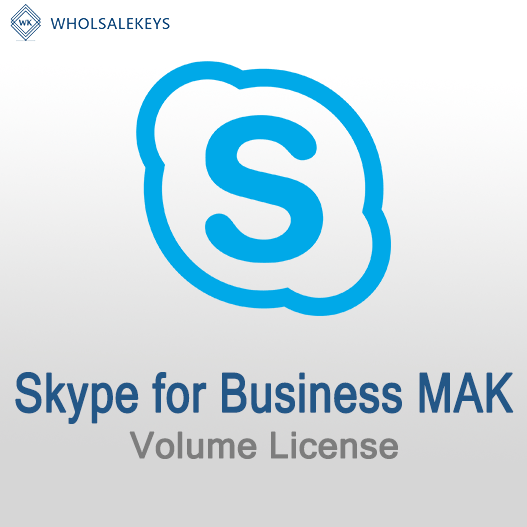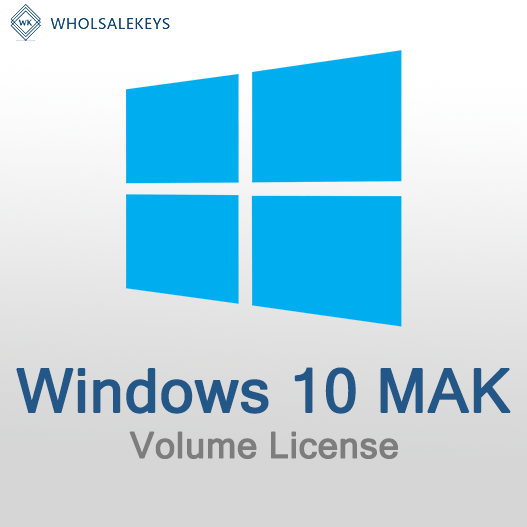When it comes to software activation for large organizations, Multiple Activation Keys (MAK) provide a viable solution. These keys simplify the activation process for multiple devices, but like any technology solution, they come with their own set of advantages and disadvantages. In this guide, we’ll take a comprehensive look at the pros and cons of using MAK keys for software activation.
Advantages of Using MAK Keys
1. Ease of Activation
MAK keys streamline the activation process, allowing organizations to activate multiple devices with a single key. This simplifies the deployment of software across a large network of computers.
2. Offline Activation
MAK activation doesn’t require real-time internet connectivity for activation. This makes it suitable for environments with limited or no internet access.
3. Control Over Activation
Organizations have control over the activation process, ensuring compliance with licensing agreements and reducing the risk of unauthorized software usage.
4. Predictable Licensing Costs
MAK keys allow organizations to predict licensing costs based on the number of purchased licenses, making budgeting more manageable.
5. Flexibility
MAK activation can be used for a wide range of Microsoft products, including Windows operating systems and Microsoft Office suites.
Disadvantages of Using MAK Keys
1. Manual Activation
Each device must be manually activated using the MAK key, which can be time-consuming for large-scale deployments.
2. Limited Activation Count
MAK keys have a predefined activation count. Once this count is exhausted, additional keys must be acquired, which can lead to increased licensing costs.
3. Complexity in Large Environments
In extremely large environments, managing and tracking numerous MAK keys and activation counts can become complex and challenging.
4. Not Ideal for Virtualization
For organizations heavily invested in virtualization, MAK activation may not be the most cost-effective solution, as additional licenses are often required for virtualized servers.
5. Maintenance and Auditing
Maintaining a record of MAK keys and ensuring compliance through regular audits can be resource-intensive.
Benefits of MAK Activation
MAK activation offers several benefits:
Offline Activation: MAK activation is suitable for environments with limited or no internet connectivity, as it doesn’t require real-time communication with Microsoft servers.
Controlled Activation: MAK activation provides organizations with control over the activation process, ensuring compliance with licensing agreements.
Predictable Licensing Costs: MAK activation allows organizations to predict licensing costs based on the number of purchased licenses.
Making the Right Choice
The decision to use MAK keys should be based on your organization’s specific needs and considerations:
Choose MAK Keys if you require offline activation, have a limited number of devices, and prioritize control over activation.
Consider Alternatives like Key Management Service (KMS) activation if your organization has a high number of devices, uses virtualization extensively, and prefers automatic activation.
Best Practices
- Key Management: Maintain a secure record of MAK keys to prevent unauthorized use and ensure compliance.
- Activation Monitoring: Keep track of activation counts to manage licensing effectively and avoid surprises.
- Regular Audits: Conduct periodic audits to verify that MAK keys are being used correctly and efficiently.
- Consult with Experts: For complex licensing scenarios, consider consulting with Microsoft licensing experts or partners to make informed decisions.
In conclusion, Multiple Activation Keys (MAK) offer a practical solution for organizations seeking efficient software activation and control over their licensing. By weighing the advantages and disadvantages, organizations can make informed decisions that align with their specific needs and budget considerations.
Recent posts
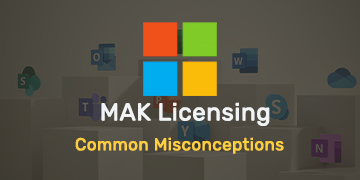
Common Misconceptions About MAK Licensing
Clarify misconceptions surrounding Multiple Activation Key (MAK) licensing with expert insights and accurate information.
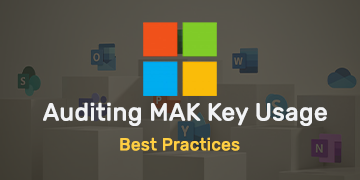
Auditing MAK Key Usage: Best Practices
Learn effective methods and best practices for auditing Multiple Activation Key (MAK) usage to maintain licensing compliance.

Tips for Smooth MAK Activation in Remote Locations
Learn how to ensure hassle-free Multiple Activation Key (MAK) activation in remote locations with these essential tips.
